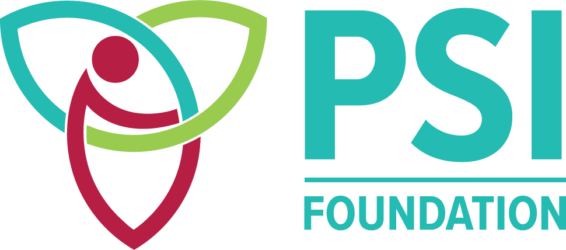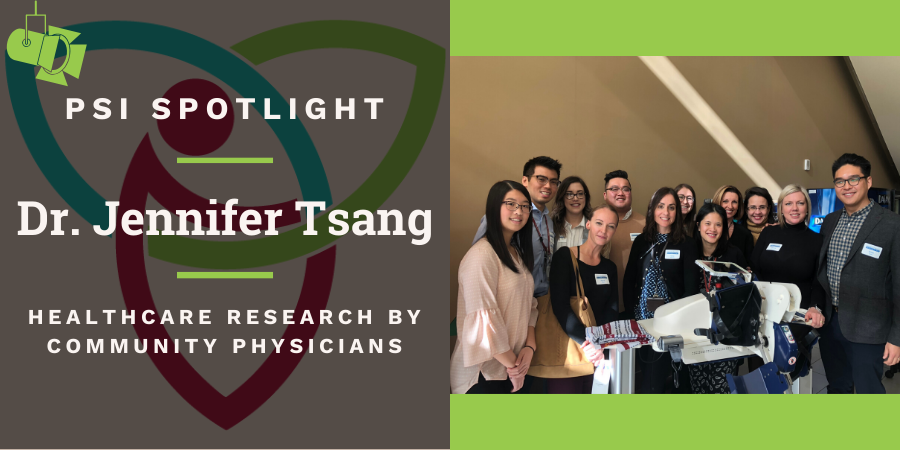“PSI funding was important to our study, and it allowed us to achieve our goals. We could work with vendors to create the interventions and hire a research assistant to do data collection, which made the study more robust.” – Dr. Jennifer Tsang
Dr. Jennifer Tsang, an intensivist at Niagara Health, would like to see more community hospitals in Ontario increase their research capacity, and as a researcher herself, she understands the importance of dedicated funding allocated to community research.
She says that programs like PSI’s Healthcare Research by Community Physicians Grant are essential. “It’s challenging for community hospitals to apply for funding and compete against an academic centre. The academic hospital and staff often have better track records of research that give them an advantage,” she says. “Having separate community health research grants really helps individuals like myself who are leading research in a community setting.”
Dr. Tsang received a Healthcare Research by Community Physicians Grant from PSI Foundation to develop interventions to improve adherence to pain, agitation and delirium (PAD) guidelines, specifically the frequency of assessing patients for PAD, in the intensive care unit at Niagara Health.
PAD clinical guidelines recommend screening for pain and agitation four times per 12-hour shift, and once per 12-hour shift for delirium. But Dr. Tsang saw that community centres are often behind in adopting guidelines.
She and her team developed an e-learning module targeting nurses and laminated reminder tools placed at each bedside, and they reminded physicians to talk about PAD during multi-disciplinary rounds with a note left on the computer on wheels. They also developed interventions targeting family members: a team of volunteers interviewed family members about the patient to develop a personalized approach to managing PAD, and pamphlets and a video provided information about delirium for family members. Finally, they displayed posters in the ICU about delirium, its importance and the team approach to managing it.
Together, the interventions increased the number of patients who were screened according to the guidelines for pain and agitation, though the delirium assessment did not change. The study did not examine why delirium assessments did not change, but it could be due to the greater time required for delirium screening or the belief that screening will not change how the condition is managed.
“Sometimes we try complicated interventions, but sometimes simple things like these reminders have the biggest impact,” she says. “Also, in my community hospital, I don’t have the resources of an academic hospital. We had to be very practical.”
Dr. Tsang notes that while there may be challenges in adopting guidelines at a community hospital, the study shows that it is possible using practical, low-cost interventions. Involving frontline staff in the design of the interventions and as “local champions” to encourage and support staff during implementation, as well as approaching the interventions through the lens of quality improvement, all seemed to be important in increasing adherence to PAD guidelines in a community setting.
Dr. Tsang says that her grant is just one example of important, relevant research done in a community setting, and she would encourage more centres to pursue projects relevant to their community.
“Most community centres have primarily focused on delivery of clinical services rather than conduct of research programs or projects, but I think this is starting to change,” she says. “We need more community hospitals embarking on research, and PSI funding is critical for making that happen.”



